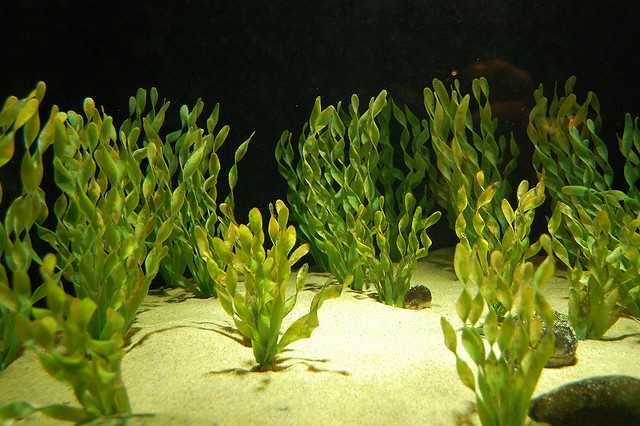
Our planet’s first forms of food and first forms of life for subsequent species now hold the potential to become Earth’s next great source of energy and a vital part of the solutions on dependence on fossil fuels and climate change. Cyanobacteria caused more global environmental change than people could even cause. However, they are now poised to address a number of greatest challenges of our society.
People use algae for production of useful compounds, as food, as indicators of environmental change, as biofilters to remove pollutants from wastewaters, in space technology, as laboratory research systems, and to assay water quality. Algae is commercially cultivated for Cosmetics and Aquaculture, Nutraceuticals, and Pharmaceuticals purpose.
Fuel source
Algae can be used to make Bioethanol, Biodiesel and biobutanol. By some estimates, algae can produce far superior amounts of vegetable oil, unlike terrestrial crops, which are grown for the same purpose. Algae can also be grown to produce hydrogen.
While he has working at the University of Chicago in 1939, Hans Gaffron, a German researcher, observed that the algae (Chlamydomonas reinhardtii) he was studying would sometimes switch to the production of hydrogen from the production of oxygen. Another reason to grow algae is to produce biomass. Algae can be burned in order to produce electricity and heat.
Fertilizer
People use algae in a number of ways. They are used as soil conditioners, fertilizers and are a source of livestock feed. Since most species are microscopic and aquatic, they are cultured in ponds or clear tanks and either used or harvested to treat effluents pumped through the ponds.
Food supplement
Algae are a complete protein with essential amino acids, which are involved in many major metabolic processes, such as enzyme and energy production. They contain high amounts of complex and simple carbohydrates, which provide our bodies with a source of additional fuel. For example, it is thought that the sulfated complex carbohydrates enhance the regulatory response of our immune systems.
Algae also contain an extensive fatty acid profile, which includes both Omega 6 and Omega 6. It is well known that these essential fatty acids play an important role in the energy production. Additionally, algae contain an abundance of minerals, vitamins, and trace elements in naturally-occurring synergistic design.
Stabilizing agent
Chondrus crispus is also used as “carrageen.” It’s a great stabiliser in milk products because it reacts with the casein, which is the milk protein. It can also be found in other products, such as lotions, ice-creams, toothpaste and pet foods. Alginates in lotions and creams are absorbable through our skin.
Pollution control
Algae play a role in pollution control. They are used in Wastewater Treatment facilities in order to reduce the need for greater amounts of toxic chemicals than are already used. They can be used to capture fertilizers in runoff from farms. The enriched algae itself can be used as fertilizer when subsequently harvested. Some powerplants use algae Bioreactors to reduce CO2 emissions. The CO2 can be pumped into a some kind of tank or a pond, on which the algae feed. However, the Bioreactor can be also installed directly on top of a smokestack.



